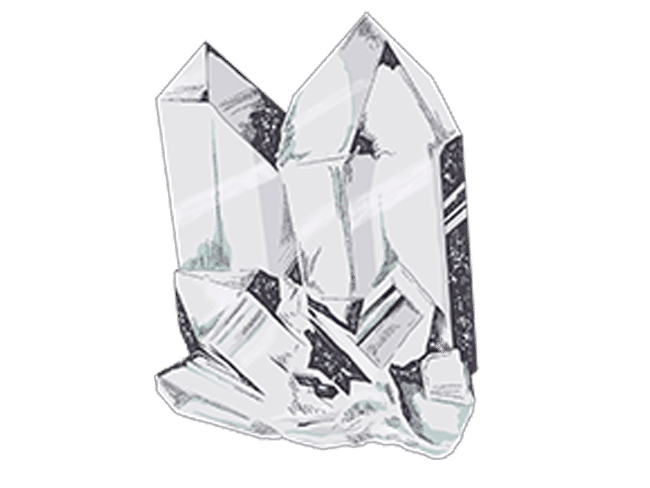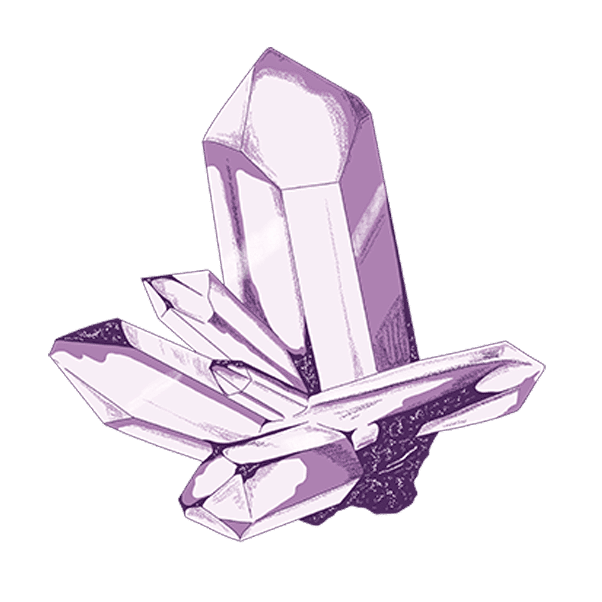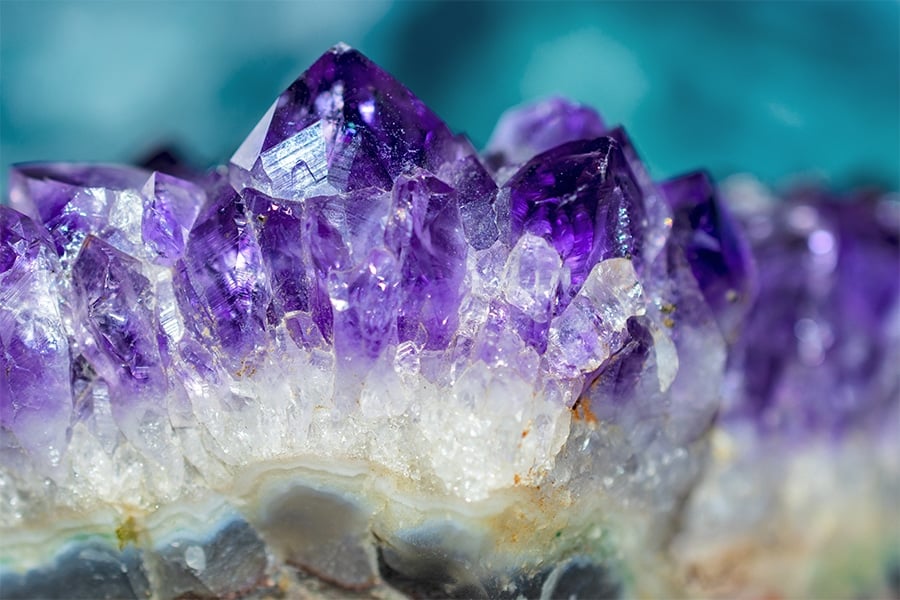Over the last half-decade, the crystal industry has exploded, becoming a multi-billion-dollar pillar of the multi-trillion-dollar wellness industry. Everyone from shamans to plastic surgeons boasts of crystalline specimens to amplify abundance, self-love, and grounding. But the crystal industry, which has yet to be regulated, has recently been under fire for enabling appalling working conditions and causing irreparable environmental damage.
Not every miner is subject to labor abuse, nor does crystal mining always result in environmental destruction. And, some of the industry’s most visible ethical issues have nothing to do with mining at all. According to Patrick Gundersen, an independent crystal miner known on Instagram as @crystals_of_australia, the industry has a history of questionable marketing. “Stones get branded or trademarked with a certain healing property just to make extra dollars,” he says. “Companies have published books doing this.”
Two of the most reliable books offering information about the metaphysical properties of crystals are The Crystal Bible by Judy Hall and The Book of Stones by Naisha Ahsian and Robbert Simmons, according to Gundersen.
Unregulated industries—from underground psychedelic therapy to supplements, life coaches, and beyond—are the Wild West, and the crystal space is no exception. Here’s what you need to know about the most popular crystals.
Rose Quartz

The pink-hued quartz is found in abundance in Brazil, South Africa, India, Madagascar, Namibia, Mozambique, and Sri Lanka. The stone of universal love is central to a damning story about horrific labor conditions in some crystal Madagascar mines published in 2019 by the Guardian. “It really tainted a lot of peoples’ perception about Madagascar,” says Gundersen, who’s hounded his own crystals for two decades. “I think it did more damage to the mining communities there because people stopped wanting to buy any [stone] from Madagascar.”
It’s difficult to trace back a piece of rose quartz (or any crystal) to its origin. That’s because the crystal supply chain is largely unregulated. The minerals you find at House of Intuition in Los Angeles or other crystal shops don’t come straight from a mine. They pass through many hands before ending up in a retail shop, rendering it impossible to know where it came from. The only way to be a conscious consumer of crystals is to purchase from an independent miner. It’s the equivalent of knowing your farmer—or your dealer.
Read: Mining and Poaching Threatens 15,000-Year-Old Peyote Tradition in Mexico
Smoky Quartz

The translucent black crystal is said to lift depression and promote grounding. It’s found in Brazil, Madagascar, Mozambique, Australia, Switzerland, Scotland, Colorado, and New Hampshire. Smoky quartz is a byproduct that’s often found while mining for precious metals—such as gold, cobalt, and copper—a sector of the mining world that’s linked to instances of child labor and environmental harm.
How to Grow Shrooms Bundle
Take Both of Our Courses and Save $90!
The extraction process for precious metals is much different than mining for crystals, however. “Gold and iron ore and precious metals [require] going deep into the earth,” Gundersen says. “So it’s on a very different scale [than mining crystals].” He also points out that many of these metals are used to manufacture our phones, TVs, cars, and other electronics. Supporting an independent rock hound or sourcing smoky quartz from countries who have reputable labor laws, like the US, are ways around supporting murky mining practices.
Read: Watch the Vibrations of Ayahuasca Songs Projected on Water
Jade

Jade is a lush green stone that promotes purity and protection. Myanmar is currently the biggest exporter of jade, but it is also found in Japan, California, China, Canada, and New Zealand. In 2014, the New York Times published a story about Myanmar’s jade trade saying it “helped finance a bloody ethnic conflict and unleashed an epidemic of heroin use and HIV infection among the Kachin minority who work[ed] the mines.” Again, not all mines are this way.
But, buying mass-produced jade face rollers from cringy lifestyle companies means you could be supporting shady mining deals. One of the best ways to source ethical jade is researching independent jade miners in the United States, where laws prohibit child labor and excessive environmental damage (most of the time, anyway). There are even some communities that mine stones, like jade, from their local environments and sell them to the public. Big Sur is a region that does this, and the community even hosts an annual jade festival every October.
Amethyst

The violet hues of amethyst make it one of the most sought-after crystals. Known as a dream stone, it’s found in Brazil, Uruguay, Australia, Siberia, Canada, and Russia. It’s also a byproduct of mining for precious metals. Since amethyst is one of the most popular stones, there’s a greater chance of coming across pieces linked to shady mining corporations. So, it’s important to compare prices across shops and avoid the lowest-priced amethysts. For example, an amethyst palm stone that you see for $3 which is available at other places for $10 or more, likely comes from a questionable source. This strategy is applicable to all stones.

DoubleBlind is a trusted resource for news, evidence-based education, and reporting on psychedelics. We work with leading medical professionals, scientific researchers, journalists, mycologists, indigenous stewards, and cultural pioneers. Read about our editorial policy and fact-checking process here.

DoubleBlind Magazine does not encourage or condone any illegal activities, including but not limited to the use of illegal substances. We do not provide mental health, clinical, or medical services. We are not a substitute for medical, psychological, or psychiatric diagnosis, treatment, or advice. If you are in a crisis or if you or any other person may be in danger or experiencing a mental health emergency, immediately call 911 or your local emergency resources. If you are considering suicide, please call 988 to connect with the National Suicide Prevention Lifeline.



